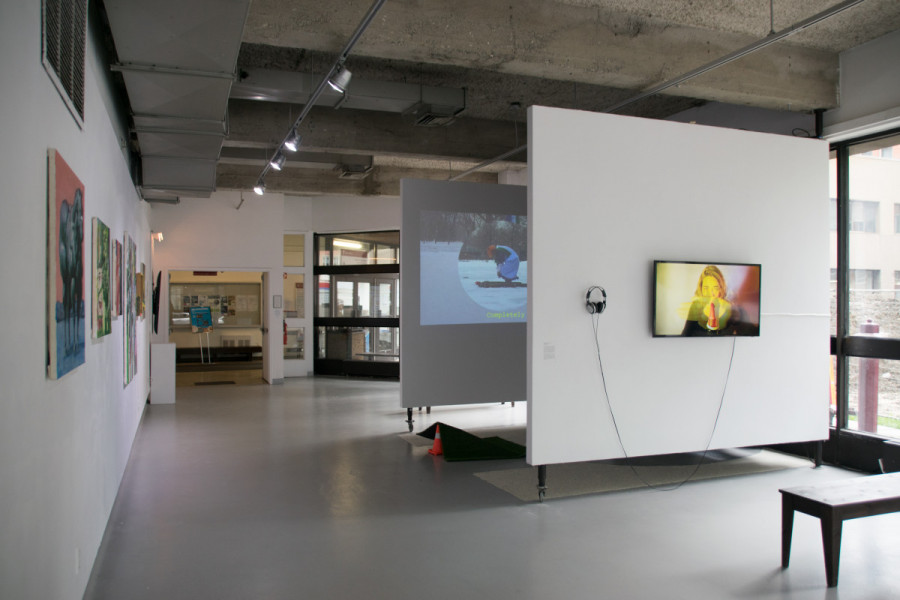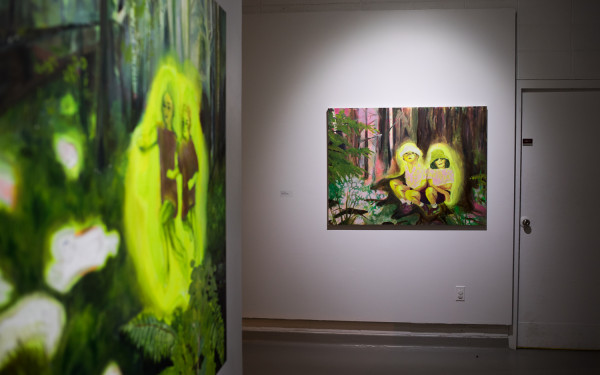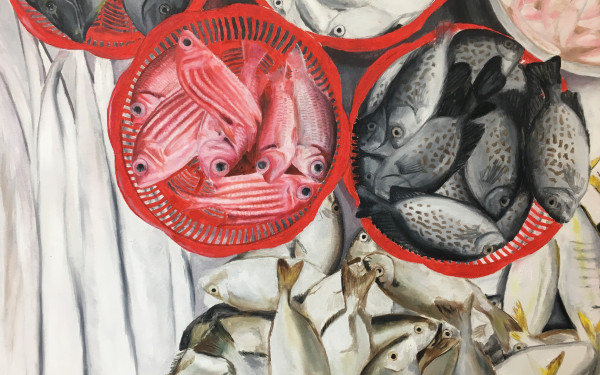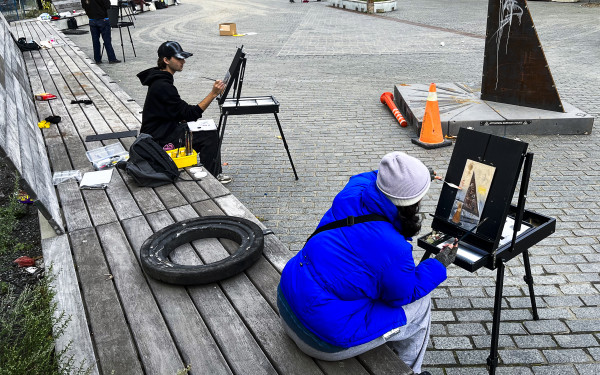Concordia’s VAV Gallery moves forward with hybrid exhibitions
An online alternative with more accessibility for viewers and more inclusion for students
Fine arts students know this semester will be like no other.
Since the fall semester has moved online, the Visual Arts Visuels Gallery decided to move forward with a hybrid approach to keep its community of student artists together. Their new initiative launched them into a digital-first approach for the fall programming.
Since March, neither Concordia’s art students nor staff were able to access the VAV’s gallery studio, which is allocated to fine arts students. The gallery space can be rented out to these students as well as other Concordia organizations.
However, due to the current regulations, fine arts students have had to find new studio spaces, and for most, that meant their homes. They also had to find homemade alternatives for their tools since they did not have access to the gallery’s equipment anymore.
Although daunting at times, the working-from-home dynamic has to be seen as a strength, according to VAV financial and administrative coordinator Julia Autumn Savoy. “I think it is going to bring more exposure to the artists because they will be present within the online and physical space,” she said, explaining that it is a new way for artists to promote their work and get used to online platforms.
The gallery decided to host hybrid exhibitions by adding virtual components to their in-person exhibitions. Concordia’s students as well as passersby will be able to attend the physical exhibitions without having to enter the gallery. The VAV will use its public-facing windows on René-Lévesque Blvd. W. to display works they received during the call out.
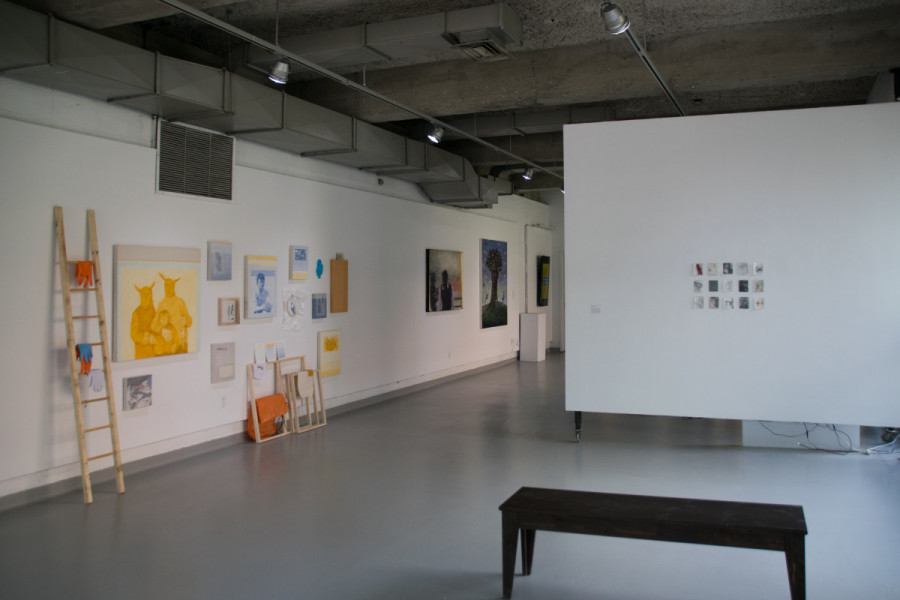
“Since we’re on a street where many people pass by, it’s interesting to know that there is going to be a public that you’re not necessarily reaching for that is going to see your work.”
— Julia Autumn Savoy
The student-run organization opened their fall call out to fine arts students on Sept. 15. Until Oct. 7, students are encouraged to submit digital work such as videos, web art, live-streamed performances, and sound art for the fall exhibitions.
The online application process allows for a more inclusive pool of contributors by accepting work from both local and international students. “We are giving many opportunities to students that are not even in Montreal right now but who are in other parts of the world,” said Tyra Maria Trono, the VAV’s outreach coordinator. “They are more than welcome to submit as well.”
The virtual component will make the VAV’s exhibitions more accessible for those who cannot visit the gallery in person. “Since we’re on a street where many people pass by, it’s interesting to know that there is going to be a public that you’re not necessarily reaching for that is going to see your work,” said Savoy.
The gallery is planning one exhibition per month from October to December and will be sharing photographs of the gallery space during the exhibitions on their Instagram page.
The exhibitions during the fall term will also last longer than usual to give more time for the public to see it.
Amid the changes, the VAV will be launching its online residency program this semester, aiming to give a platform for selected artists to share their creation processes ranging from their notes and brainstorming to more in-depth research.
“The residency program is a moment to acknowledge the fact that artists need the time to process and create,” added Savoy.
The selected artists will take over a part of VAV’s website and Instagram page to post images of their final work but also to share their research process. The online residency program also aims to keep the VAV community together and to have them help each other during these difficult times.
For Savoy, it is going to be harder this year with everything being done remotely and with no access to the gallery space.
“This is how not only friendships are built but art communities are built, through these links, through learning together,” said Savoy. “Sharing other people’s questions makes your experience also worth it.”

